For the last few months, I’ve seen the traditional Spanish lebrillos de fajalauza (the characteristic ceramic from Granada) gracing walls, homes and stores all over the world. You might have seen them too, they are the huge ceramic bowls- usually green and white or blue and white- that people hang on walls, place on big tables or just lay them on the floor. Known in Spanish as lebrillos, they were traditionally used for cooking or for one’s personal hygiene. They have been around for centuries but lately, I started to see them outside Spain more and more often and I think we need to blame Instagram for the lebrillo revival.
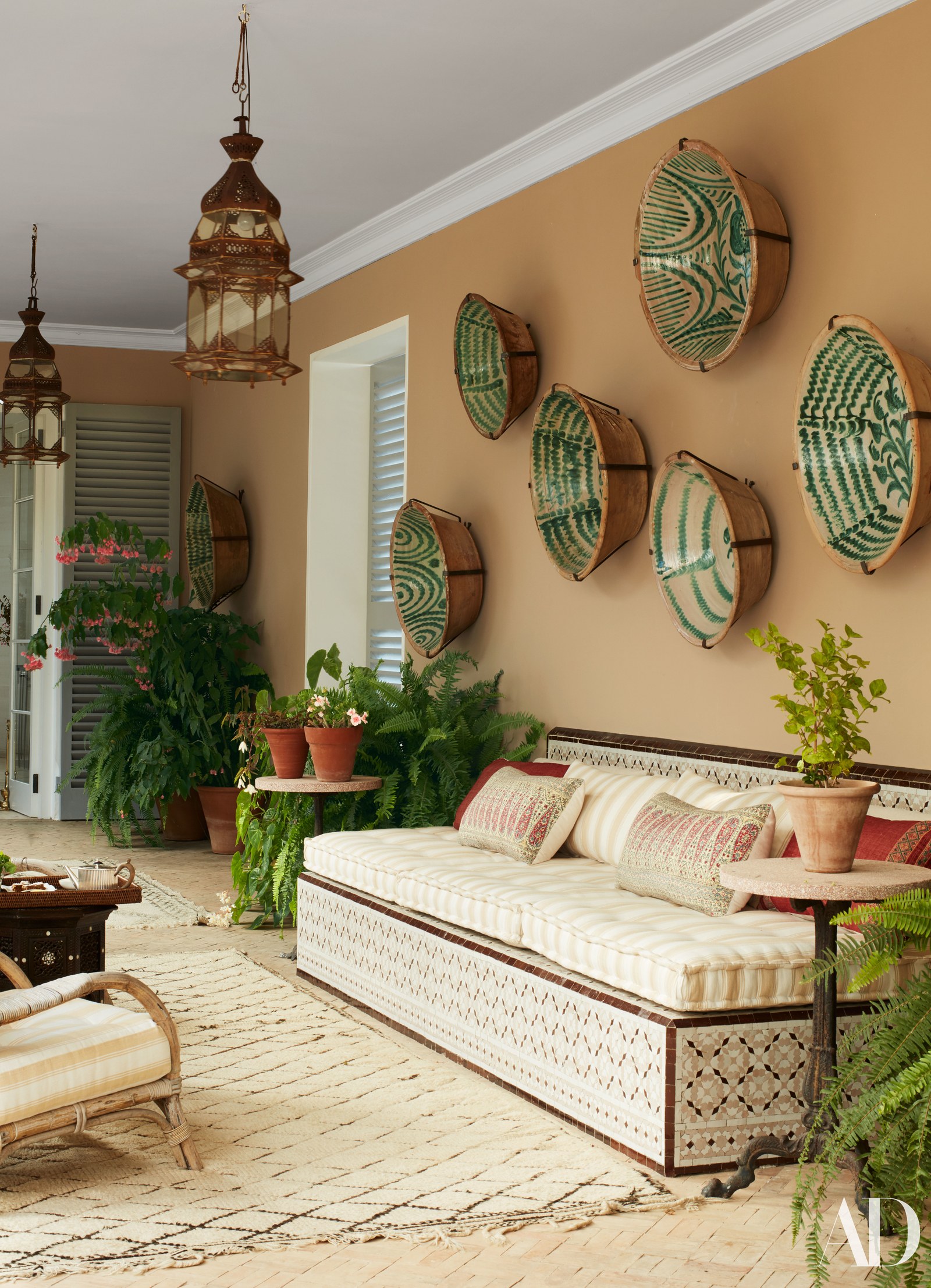
You might remember this picture – it’s Veere Grenney house in Tangier and I’ve seen it in most of the Instagram accounts I follow – it kind of went viral when Architectural Digest posted the article back in March 2018
But before Grenney, Saint Laurent used the Spanish Lebrillos in Tangier at his and Berge’s Villa Mabrouka (I’ve always wondered if Greeney took inspiration from Mabrouka for his Tangier home)
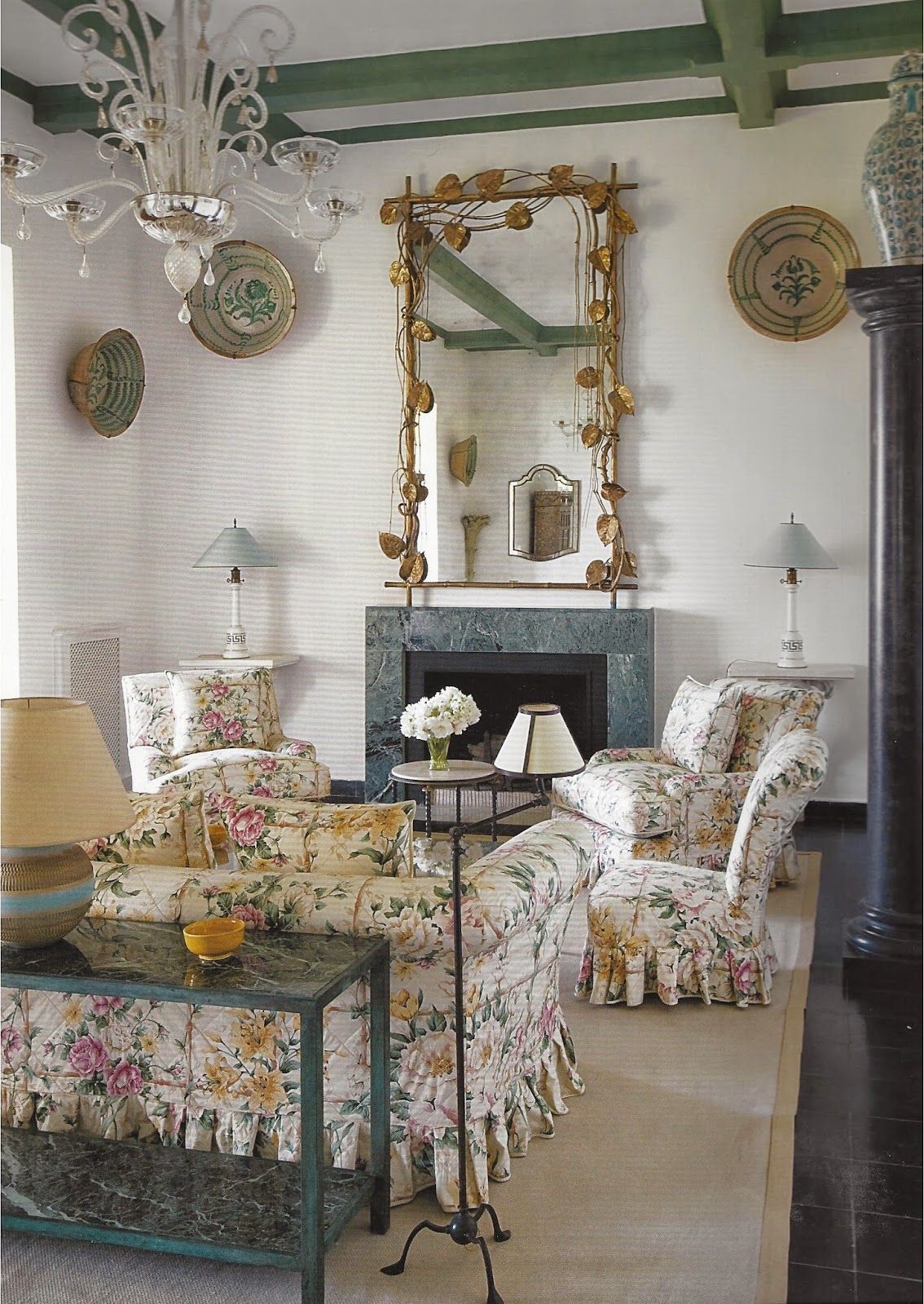
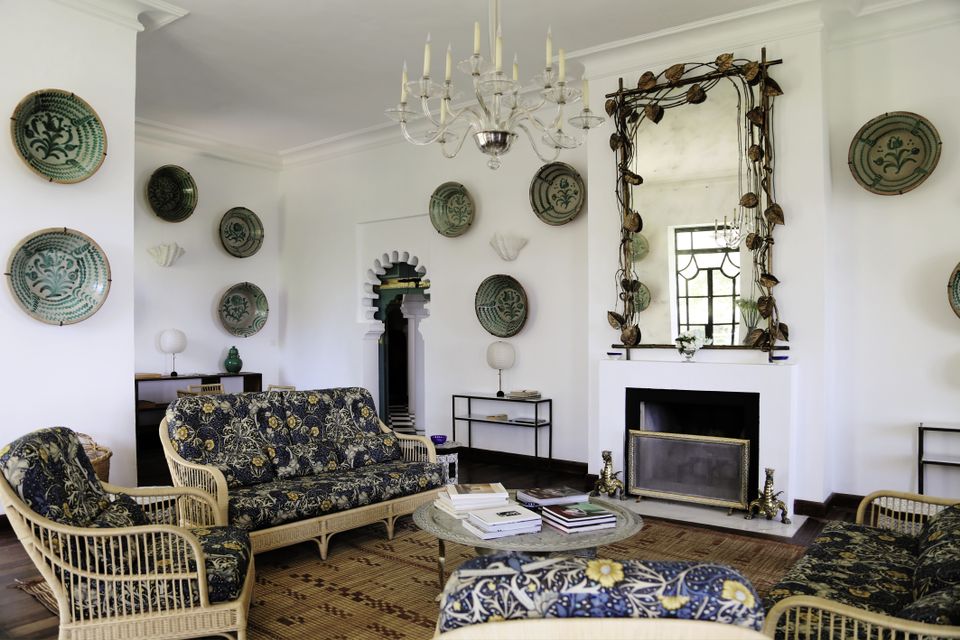
Another Instagram account to ‘blame’ the popularity of Lebrillos is @volubilis_art This antiques store in Marbella has plenty of images with beautifully styled lebrillos that makes you want to fill your home with this attractive Spanish Ceramics.
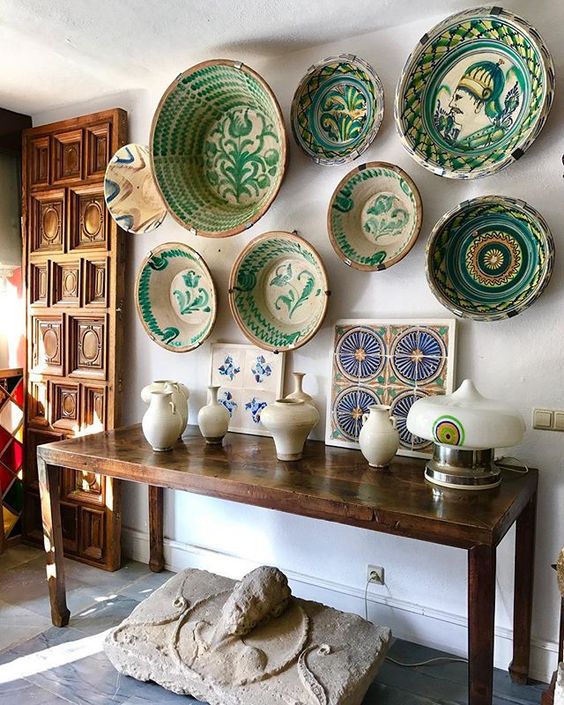
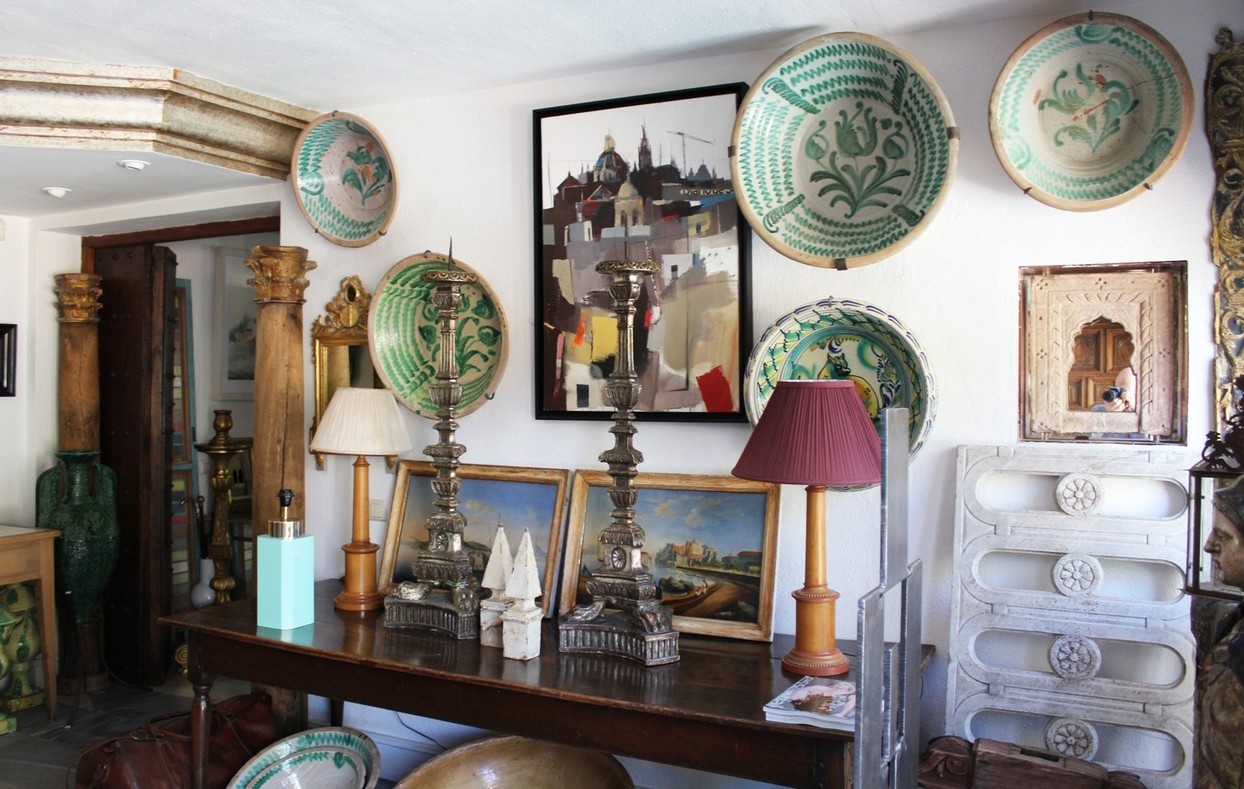
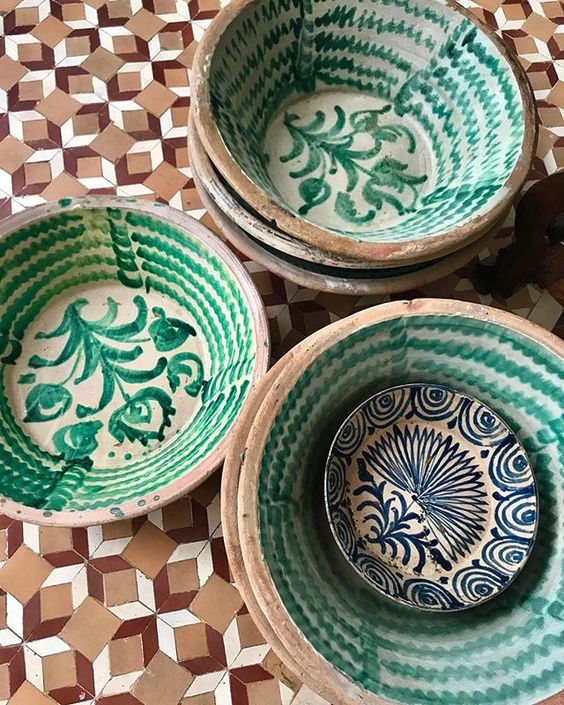
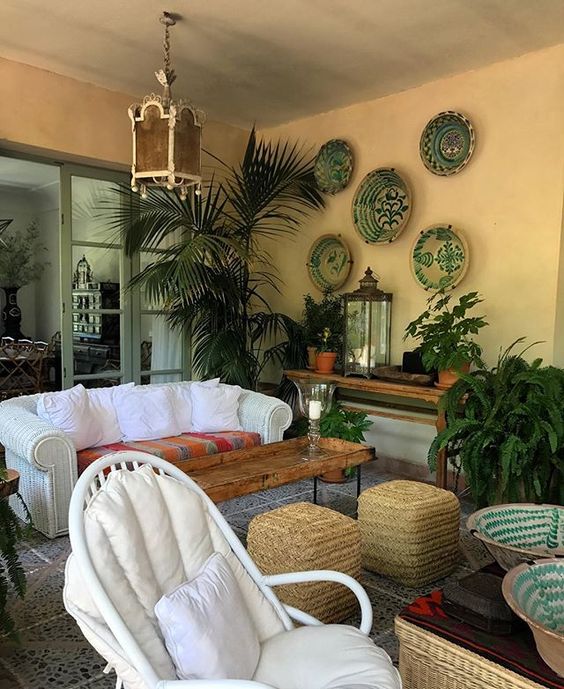
The late Jaime Parladé used Lebrillos in many of his projects.
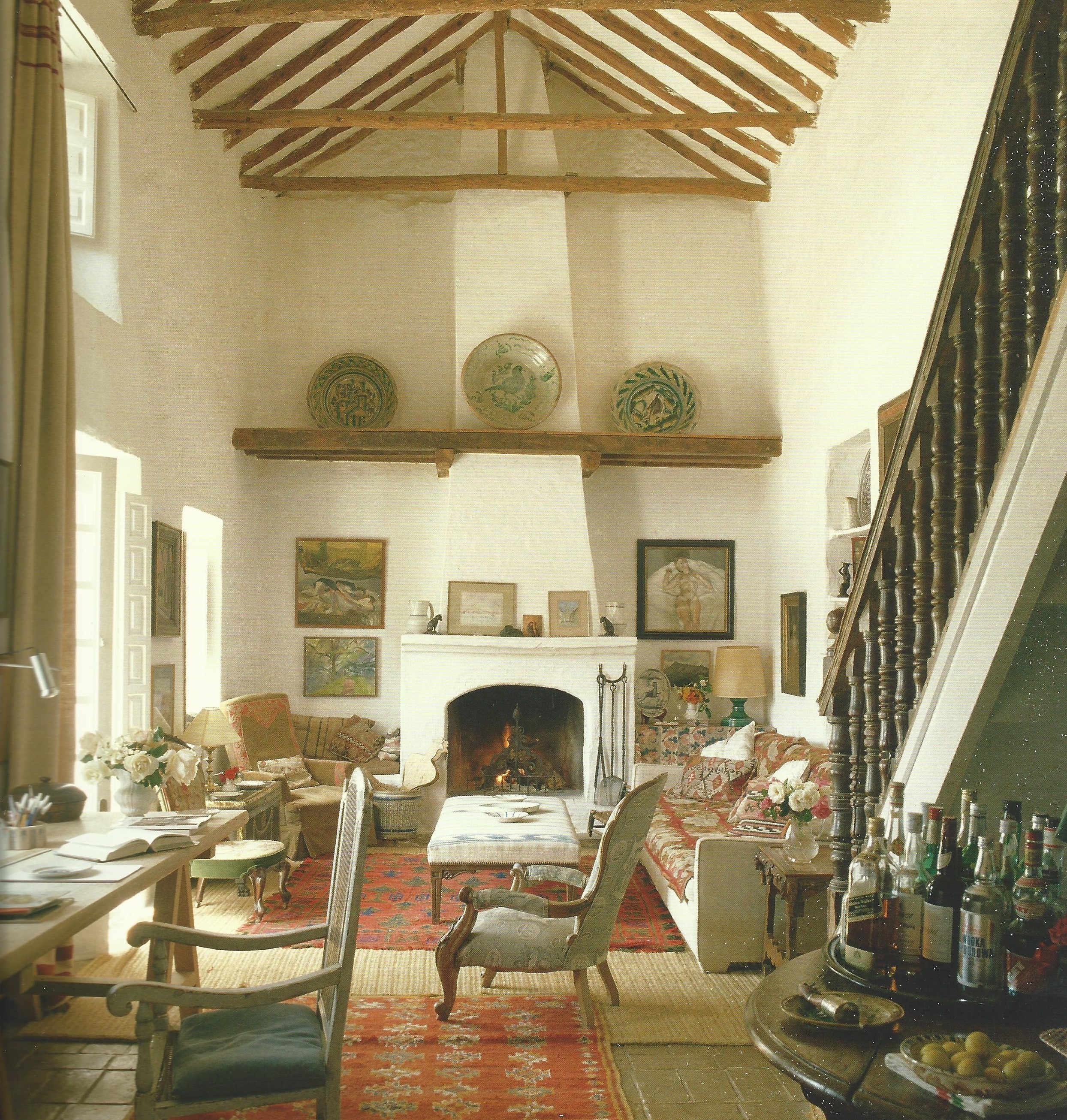 James Mortimer Photography
James Mortimer Photography
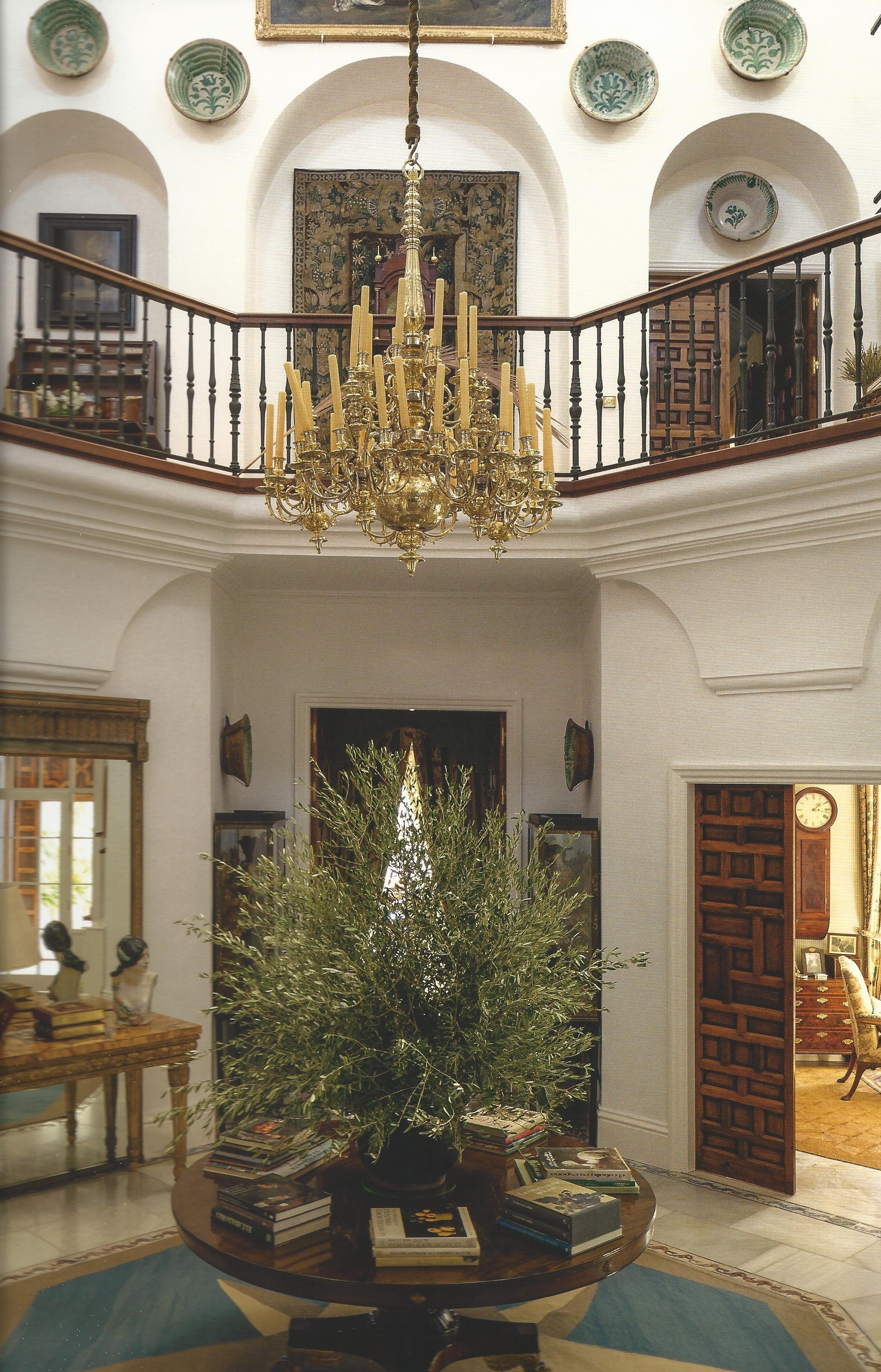 Ricardo Labougle photography
Ricardo Labougle photography
I love this pool Pavillion in Sotogrande by Melián-Randolph with a great balance between modern and traditional (You can read my interview with Sylvia Melián Randolph here)
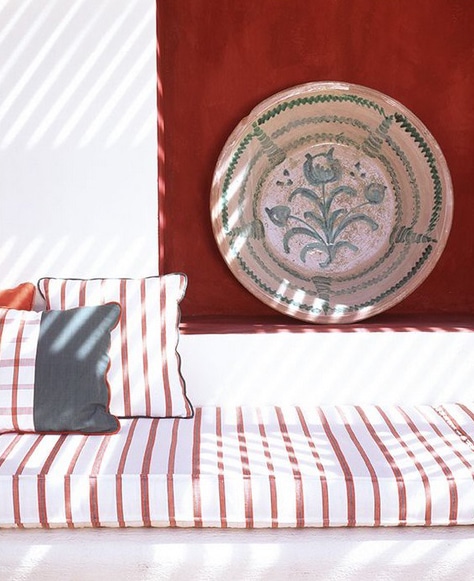
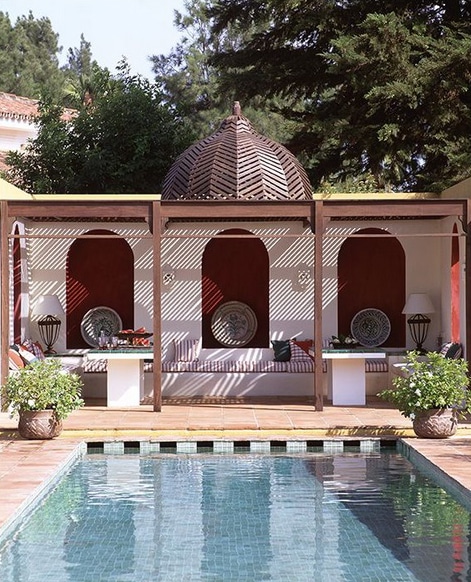
If you are in America, you can find them at CASA GUSTO a beautiful store of antiques, objects, and artworks on Georgia Avenue in West Palm Beach Florida. The space is filled with goods old and new gathered and invented from around the globe. Their lebrillos are made in Mexico and inspired by traditional Andalusian designs.
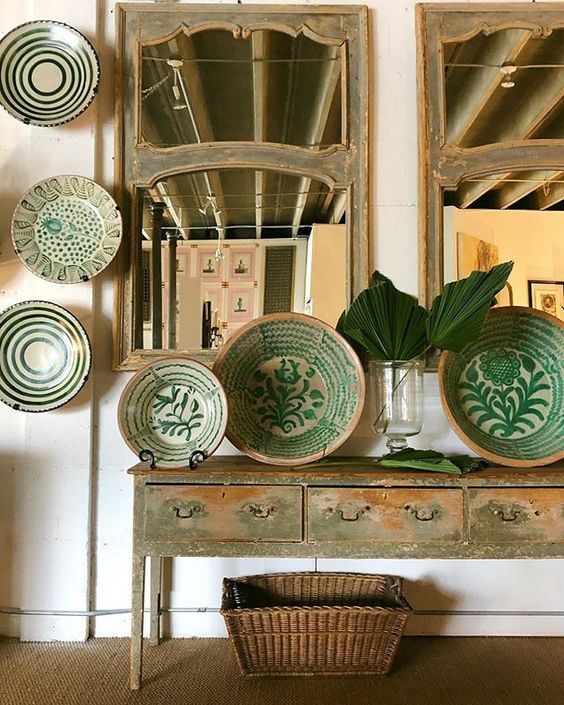
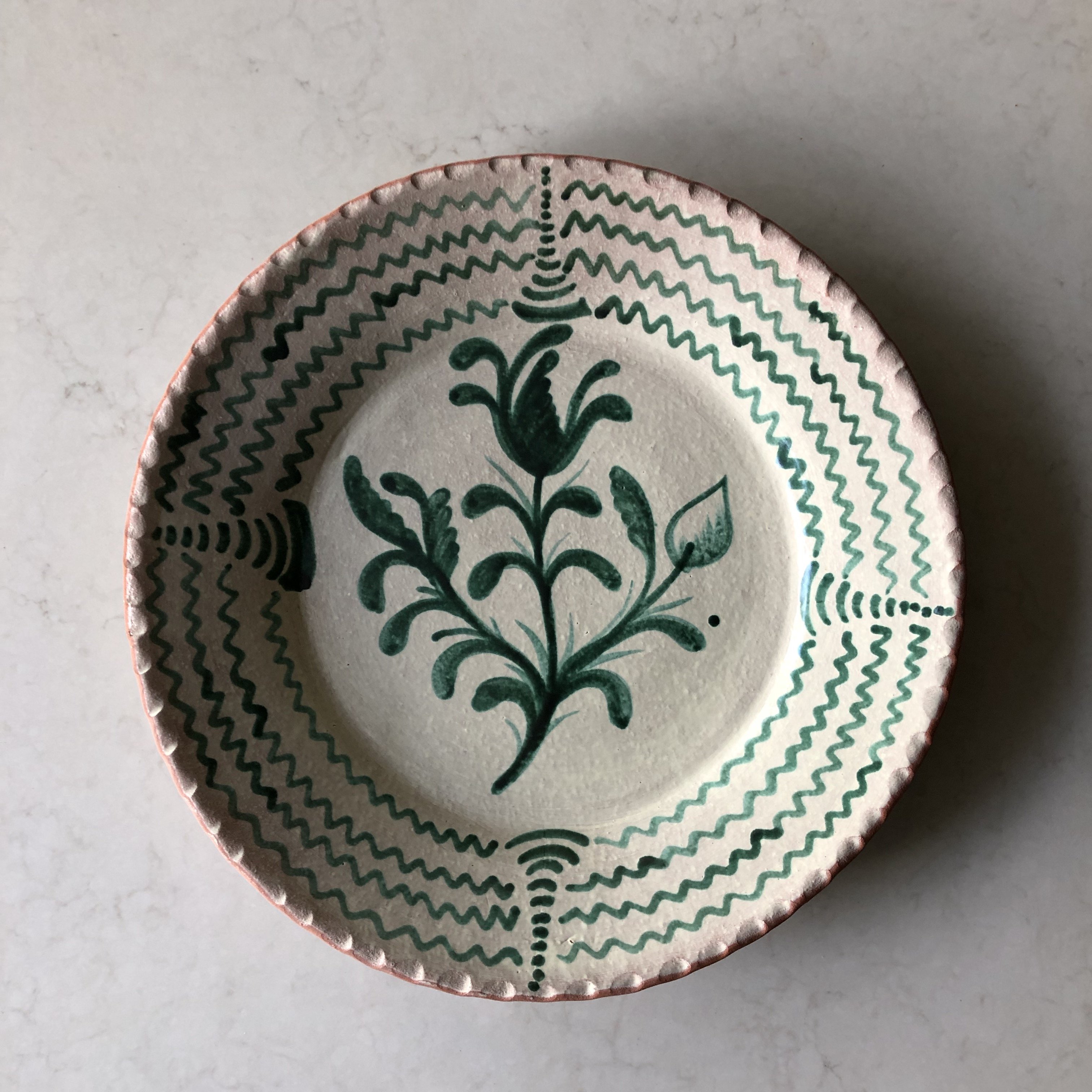


Very interesting article ! I love Lebrillos since I visited Andalusia but we don’t see them much elsewhere in Europe. I didn’t know they were now also made in Mexico. It will be tricky to see the difference from the old originals.
Greetings from Switzerland
Thanks Nicole! In the last few years they have become quite popular, and you can see them in other places – including England on the US! Although most of them are still made in Andalucia. Gloria
Hola , desde aquí ( Fábrica de Cerámica de FAJALAUZA en Carretera de Murcia 166 ) te damos las gracias por esta publicación tuya tan bonita .
Si querrás pasarte por la Fábrica tenemos muchísimas cosas nuevas y sobretodo una grande novedad : se ha instituido una FUNDACIÓN Fajalauza para que se proteja nuestro legado y sobretodo lograr restaurar el horno nazari ( el único horno arabe original de España ) .
Este 16 de Abril habrá fiesta en la fábrica con una súper paella para miles de personas y será un acontecimiento importante. Acudirán varias autoridades y tendremos varios espectáculos entre música , teatro y documentarios. .
Si quieres saber mas solo busca nuestra web de Fundación Fajalauza : fajalauza.org
Avísanos por whatsapp si te vienes a la fiesta : +34 646 203 186
Hola! Muchas gracias por vuestro comentario – os sigo en Instagram y me encantaría ayudaros de algún modo con la fundación.(siento no haber podido ir a la fiesta!) Me pondré en contacto en los próximos días.
Un abrazo!
Gloria